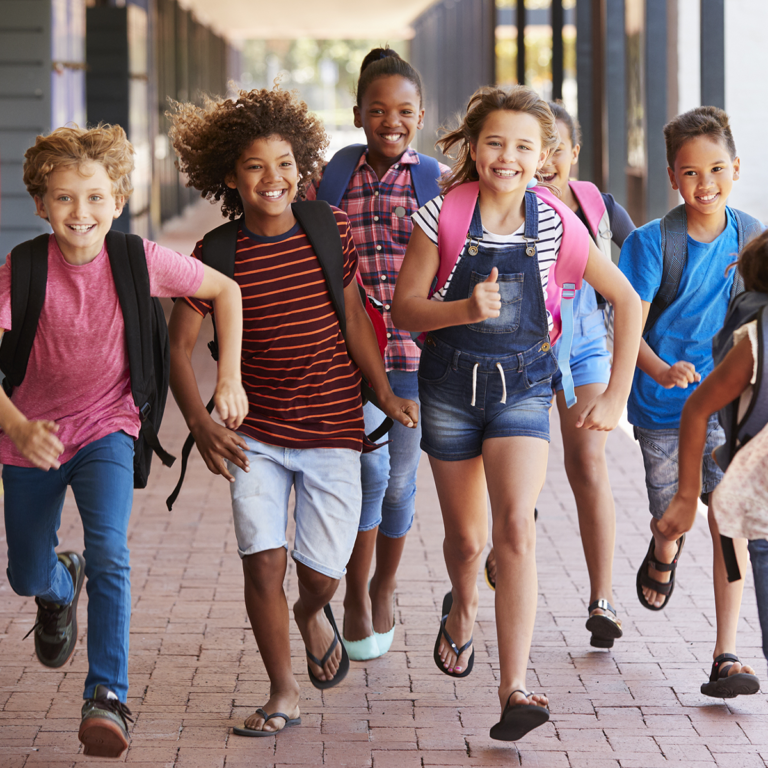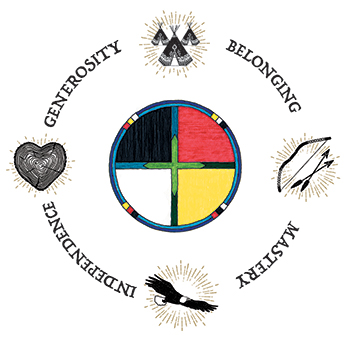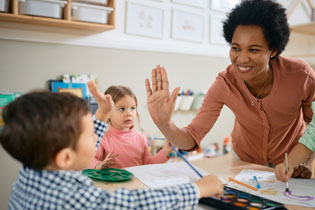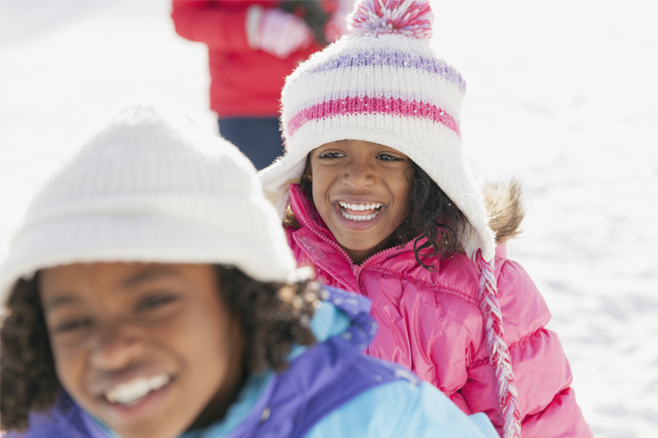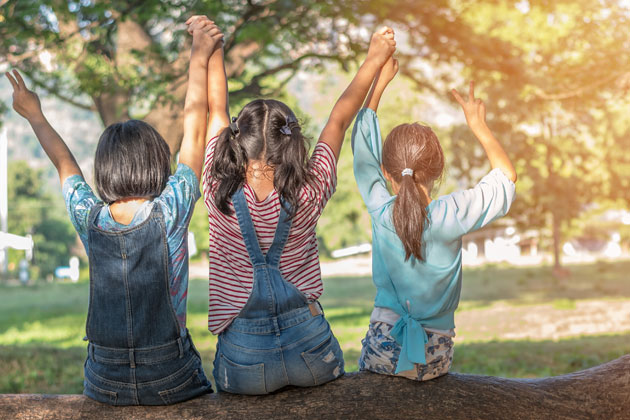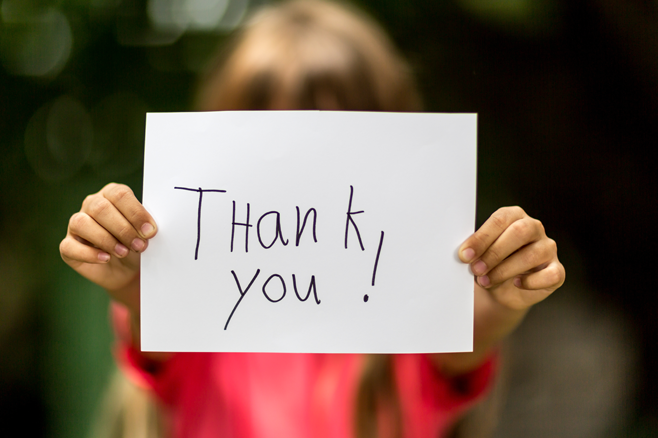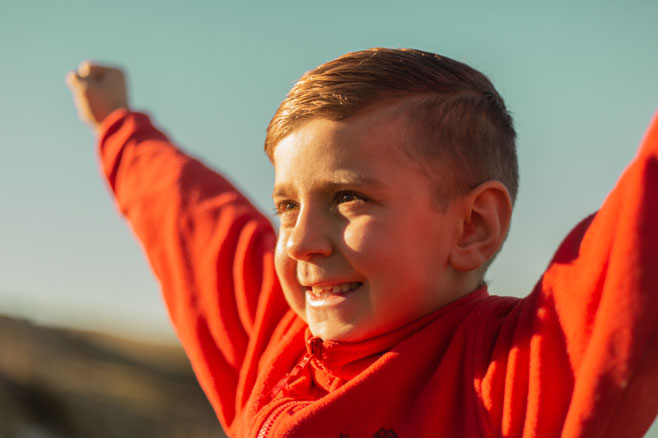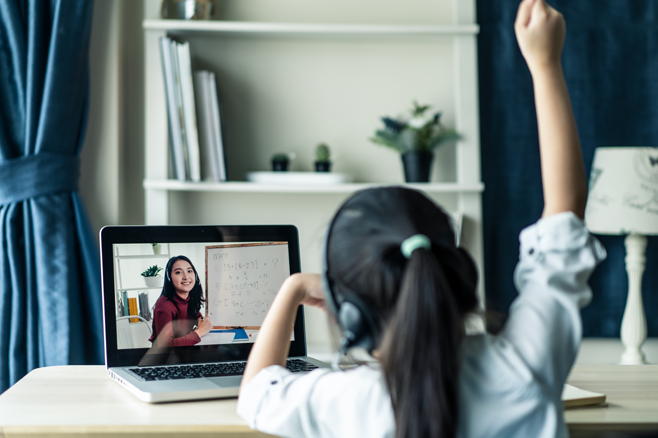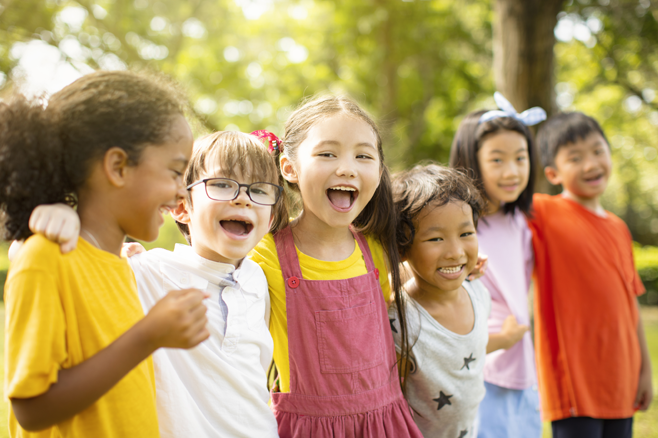Transforming PBIS with the Circle of Courage
Close your eyes for just a moment and picture this: a school where every staff and student steps into a world of warmth and possibility, feeling truly seen and ready to thrive—this is the magic that happens when we weave Positive Behavior Interventions and Supports (PBIS) with a trauma-informed approach. As educators and educational leaders,…

